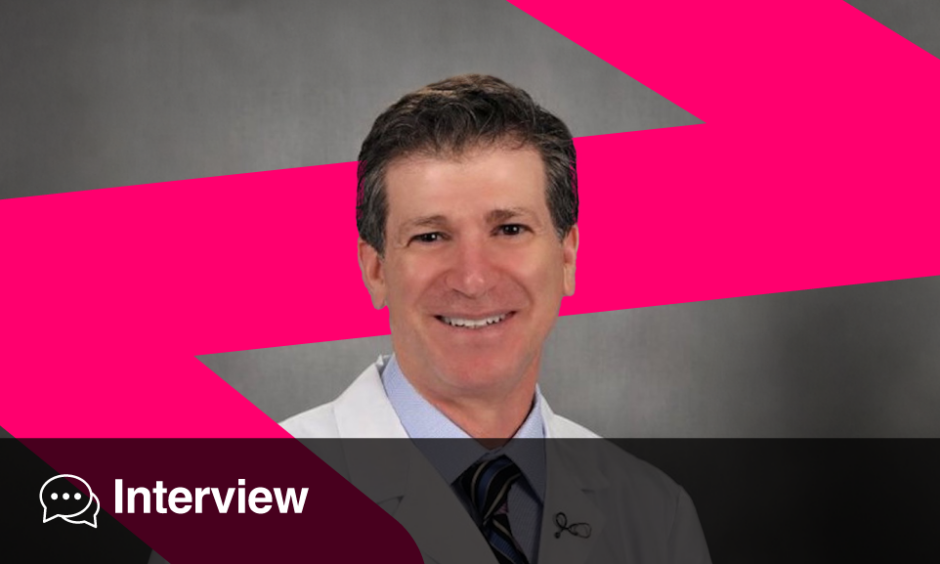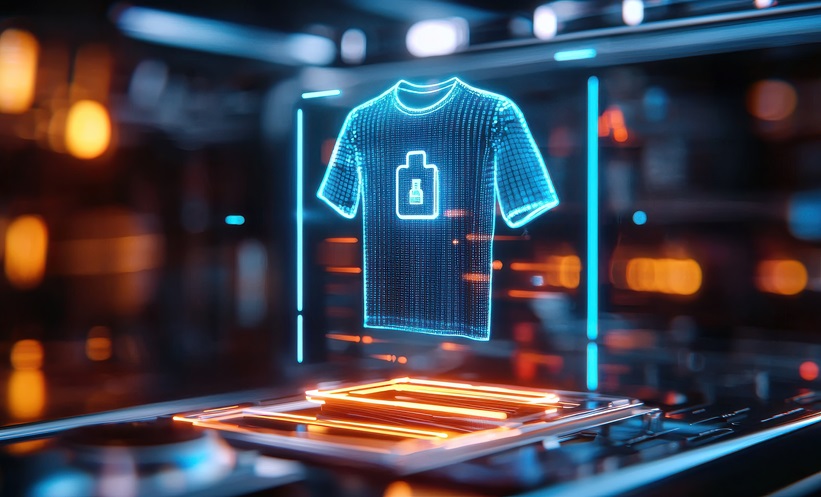David L. Fischman | Co-Director, Cardiac Catheterisation Laboratory, Thomas Jefferson Hospital, Philadelphia, Pennsylvania, USA
Citation: EMJ Cardiol. 2024;12[1]:69-71. https://doi.org/10.33590/emjcardiol/UNCA6862.
![]()
With over 20 years of experience as a cardiologist, what initially sparked your interest in the field, and continues to motivate you at present?
A seventh grade English class project prompted me to read a book entitled ‘The Making of a Surgeon’ by William Nolen. In this biographical account, Nolen related his transformation from a medical student to surgeon, having passed through the storied walls of Bellevue Hospital, New York, USA, for his surgical residency. Although I did not become a surgeon, the tale of his experience impacted me such that I wanted to pursue a career in medicine. I was particularly taken by the relationship he developed with his patients, which has been the foundation of my career. Every student I teach, every study I participate in, or paper I write, is done with the patient in mind. I hope that my work will have an impact on the patient. This question prompts me now to go back and read this book again, to see how it motivated me then, and how it relates to my 30+ years in practice.
In 2021 you authored the article, ‘Cardiotwitter: New Virtual Tools to Advance Skillsets in Interventional Cardiology’. What motivated you to write this article, and ultimately grow your own online presence? How does social media impact the field of interventional cardiology in your opinion?
In 2018, I took to social media, Twitter (now ‘X’), to be specific. I did this with the thought that I would use this to educate my patients. I shortly learned that my tweets were reaching the medical community, and less the patient. From there, it took off. It was a means to share cases, ideas, and treatment strategies with colleagues across the globe, prompting me to share this with the cardiology community with the publication of this paper. Social media has made the world a smaller place. I have made friends from across the globe. When you cannot attend every cardiology meeting, it is nice to know that a Twitter colleague will keep you updated as new advances are being discussed, and for this reason, social media remains invaluable to me as an interventional cardiologist. Now I am looked at as a ‘Cardiotwitter’ influencer; who would have thought?
Could you please summarise the key take-home messages for cardiologists from your recent article, ‘In-Hospital Outcomes of Combined Coronary Revascularization and Transcatheter Aortic Valve Implantation in Inpatient Nationwide Analysis’?
My early career started with research on coronary stents, culminating in the publication of the STRESS trial, which demonstrated the benefits of coronary stenting over balloon angioplasty. This study, of which I was the first author, led to the 1994 U.S. Food and Drug Administration (FDA) approval of coronary stents to prevent restenosis. The concept of a balloon expandable stent was the foundation for the development of trans-catheter aortic valve replacement with a balloon-expandable valve. How do the two fit together? We studied this in our paper; our analysis showed that combining transcatheter aortic valve implantation and percutaneous coronary intervention (stent placement) during the same hospitalisation is associated with worse outcomes. This paper further highlights my career ethic of patient first, where undergoing transcatheter aortic valve implantation should be individualised and tailored, based on the patient’s clinical condition.
Where can we expect to see your research focus lie in the future?
The cardiac catheterisation (cath) lab has been the centre of my career. It should be no surprise that my future research will be focused around it. 2023 was the hottest year ever recorded, and the USA is a significant contributor to global emissions. The cath lab is not immune from this; it is one of the most intense users of energy in the healthcare sector. Our cath lab recently demonstrated the potential for recycling non-contaminated waste to the extent that, if all USA cath labs recycled, we could generate a minimum of 1.36 million kg of recyclable waste from percutaneous coronary intervention procedures alone. This is a good starting point. We hope to pursue this concept further by studying means to recycle contaminated, as well as non-contaminated waste, as we seek to develop protocols to be adopted globally. My second focus will be on artificial intelligence (AI). How can we adopt the use of AI in the cath lab? Maybe I will start by asking AI this question.
As Director of the Interventional Cardiology Fellowship Program, what qualities do you attempt to instil, and believe are integral for the next generation of cardiologists?
I have trained hundreds of cardiology fellows during my years at Thomas Jefferson University Hospital, Philadelphia, Pennsylvania, USA, many of whom have been interventional cardiology fellows. As the Director of the Interventional Cardiology Fellowship, I am responsible for the development of the next generation of interventional cardiologists. I take this seriously. As I tell each new class of fellows, it is not just the technical aspect of the training that is important, but everything that comes before and after the cath lab trip. It is a privilege that a patient allows us to care for them, and I remind the fellows that we cannot make light of this. The most important things are knowledge and communication. We must know our patients, and communicate with them. We must be there to alleviate their fears and answer their questions. Everyone is a ‘VIP’.
You were recently featured on a podcast where you summarised the impact of stress on heart health. Can you provide our readers the key take-home messages from this discussion, and what can be done day-to-day to improve our heart health?
Stress is commonplace, as if dealing with a pandemic was not stressful enough. My comments were simple. The first is to recognise that you are under stress, and by this I am not referring to acute stress, but chronic stress, whether it be work- or home-related. Can you pinpoint the cause of your stress, and if so, are there ways to eliminate it? Many times, there are no immediate or easy ways to eliminate the stress; in these cases, it is good to have someone to discuss this with, either a family member, friend, or professional. This is particularly important, as too often we pick up bad habits when we are under stress. These include poor dietary habits, smoking, drinking, and not exercising, to name a few, all of which can be detrimental to our heart health.
What are the most significant challenges you have seen in the field of cardiology during your time working in this field?
Interventional cardiology has been fraught with many challenges over the past several decades, the most important of which, I think, is making sure that each patient is getting the most appropriate treatment, as clinical trials would support. Two examples come readily to mind, the first of which is coronary stenting. Is this technology being overused? The recent ISCHEMIA trial showed that, in stable patients with ischaemia, an initial invasive therapy did not reduce the risk of an ischaemic cardiovascular event compared with a conservative approach, yet coronary stenting remains commonplace in patients with chronic coronary artery disease. A second example is the use of intracoronary imaging. Despite multiple trials demonstrating that the use of intravascular ultrasound during coronary intervention reduces the need for repeat interventions compared to the use of angiography alone, its use remains infrequent. Examples such as these give us pause to reflect on how to best treat our patients, and importantly challenge us to make sure we are incorporating advanced technologies appropriately into everyday practice.







